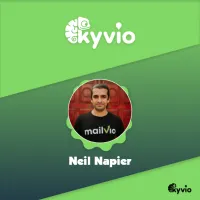Kyvio Blog
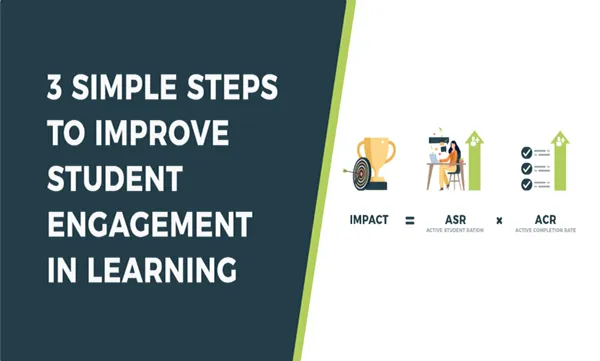
3 Simple Steps To Improve Student Engagement In Learning
Many online course creators have several reasons for choosing to sell their expertise. For some, the billion-dollar e-learning industry is enough motivation to jump in. For others, the reason is more altruistic. Course creators want to help their students succeed or learn a skill that will change their life. They can do so by improving student engagement.
Importance of student engagement in learning
Regardless of your origin story (and you need to have one like ours), you have to understand one crucial thing. Getting results for your students is the key to GROWING your online business.
In other words, your course must make an impact on your student’s life.
So, how do you know if your students are engaged with your online course? This article outlines three (3) simple steps to help you figure that out exactly.
We also throw in some quick tips to help you make an even bigger impact on your students.
Step 1: Identify Your Student Types
The first step is to understand the types of students you are likely to have in your online course.
In most instances, you will find that there are three main types of students in your online course. These are:
Active Students
Passive Students
Lurkers
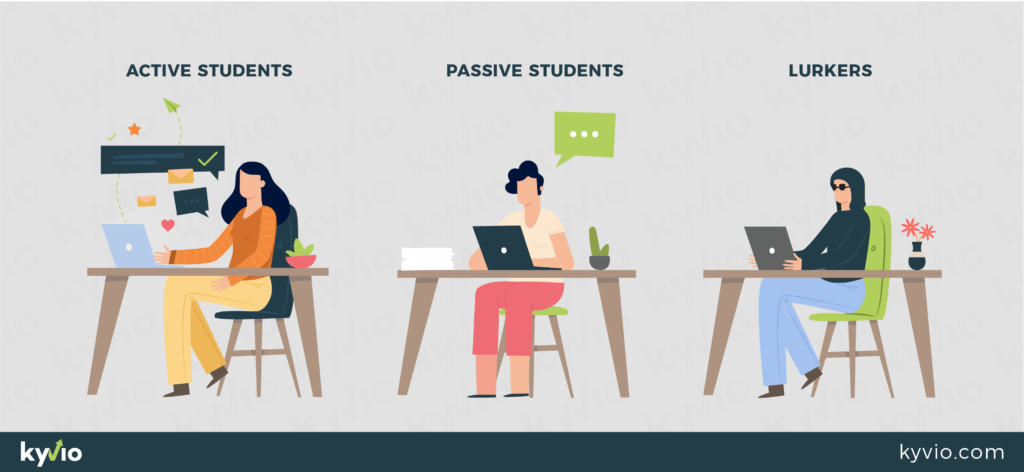
How engaged are your students?
Each student-type approaches a course in various ways. Your goal is to figure out their learning style. Doing that enables you to have the capacity to focus your effort in teaching them in a way more suitable to them.
Let’s dive into each student type:
Active Students: These are students who have immersed themselves in your online course. They actively take part in the learning process and consume everything you share. For example:
They watch every video
They listen to every audio
They read every PDF, do every exercise, quiz or activity
They even start and comment on discussions within your course community.
Passive Students: This category of students make up the vast majority. Passive students read the materials, watch the videos, and maybe even take some notes. Unlike Active student, passive students are only there primarily to consume information.
Lurkers: These are the students who are neither active nor passive. They buy your course, log into your member’s area, skim through a few modules, but generally leave it at that. These students don’t participate in community or interact with you.
Once you figure out your student types, identify your best student(s). You may choose to selectively ignore the rest.
Pay more attention to the Active Students in your online course. Get them the results you promised, and their testimonials can bring in new students. Spend the rest of your time working with passive students when they show potential. As for the lurkers, put them into your email sequence to re-engage them.
Step 2: Measure Your Student Engagement Rates
The next step after identifying your student types is to measure how engaged they are with your course.
There are several ways to do this. But before you get started, it is best to ask yourself a few questions. These include:
When did your course students start consuming the course material?
How much time does it take for a student to finish your course as compared to the expected time?
Do they watch and download course material?
Did they complete their courses?
The answers to these questions will help you know how engaged (or not) your students are with your course. This will determine your student engagement in learning!
As mentioned above, there are several ways to measure your student engagement in learning. First is by using the analytics feature in your online course platform. If you use a platform like Kyvio, you can easily access this from your dashboard.

See how engaged your users are!
Another way to measure student engagement in learning is to survey your students. You can do this by emailing them. Kyvio makes this easy by using the smart mailer component within the platform.
Once you are able to find out your student engagement rates, there are a few tips to help you increase it. Doing so will make your course much more impactful. Remember, if students don’t finish your course, they will not get the outcomes they expect. And this will negatively impact the quality of your testimonials.
How to ensure students are engaged and learning
So, how can you improve your student engagement in learning? Listed below are a few tips to help you do just that:
Tip #1: Gamify your online courses by adding badges and offering completion certificates. This makes it easy for students to have a future-based cause to look forward to – hence the reward.
Tip #2: Make your online course interactive by adding weekly coaching calls and Q&As. This will help students to interact with you (and one another).
Tip #3: Optimize your online course for mobile users and not just desktop users. If you are using a platform like Kyvio, this comes pre-built. Otherwise, you will need to build a custom platform from scratch.
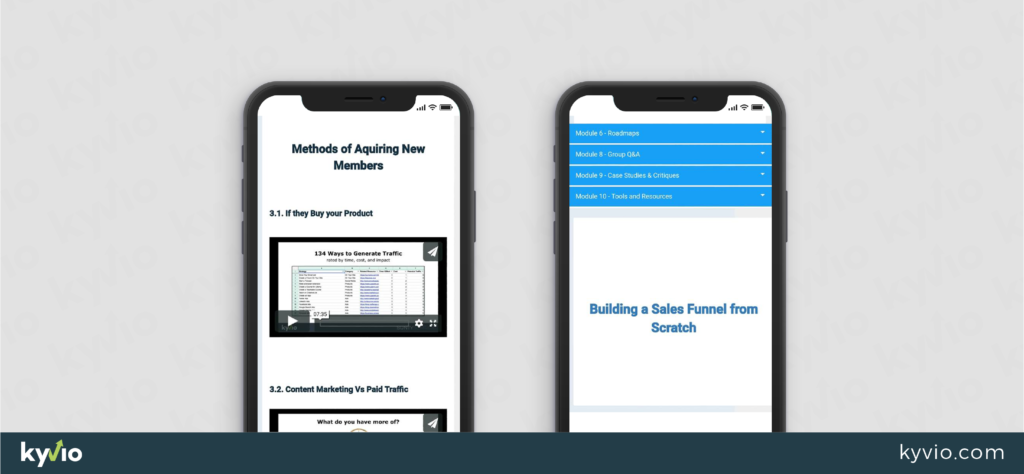
Make sure your courses are mobile responsive
Incorporate these three tips into your online course and you will see your completion rates double. The more students finish your online course, the more results they will get. This means you get more testimonials. And more testimonials equals new students which equal more money and more impact. Everything ties together.
Step 3: Ensure Your Students are Implementing What They are Learning
This one is easy. Ensure your students are implementing what they are learning.
It is only when they are implementing that they can get results. And it is only when they can get results that they can actually say your course has an impact.
We have touched on this point in the previous section. High completion rates equal more student results. This equals more testimonials which means more students join your program.
According to Zig Ziglar: You will get all you want if you can help other people get what they want. In your case, you can have all you want (more money, freedom, fulfillment) if your online course can make an impact on your student (help them get what they want).
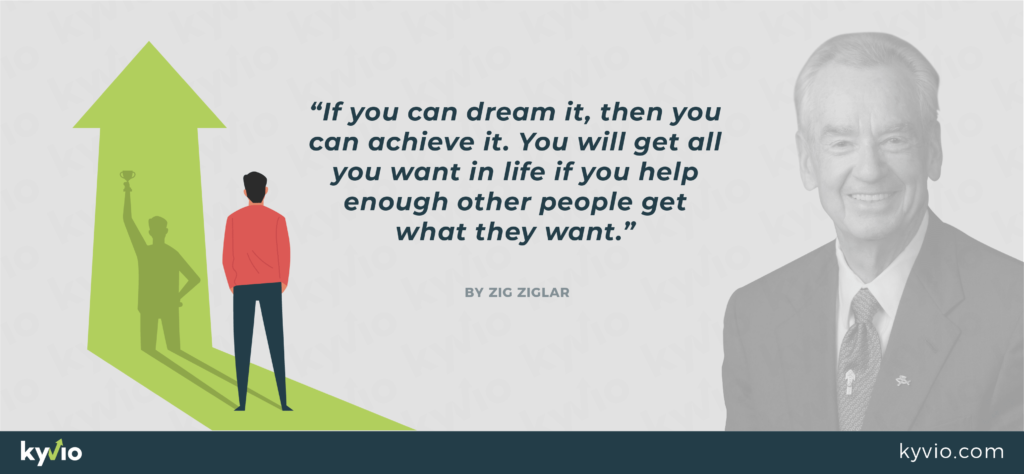
Zig Ziglar on creating success!
Be clear about the results you want to get for your students. When you are clear about those results, you can determine if your students have achieved them.
A few tips on how to know if your students are implementing what they are learning from you:
Make your course a step by step guide. Have your students complete weekly tasks and assignments to ensure they are progressing.
Next, look at your testimonials. Do you they mention specific skills they learned from your course which changed their lives?
Finally, set up a system to evaluate your students at the end of the course. This helps to ensure they can implement what they have learned in real-world scenarios.
Once you are able to determine the outcome of your online course, it is easier for you to know if a student achieves it or not.
Here is a good example:
If your online course is about building a sales funnel, there are certain things your students should know at the end of the course. They should know how to create an offer, build a funnel, and know the technology stack they need to launch it successfully.
While this example is very basic, it encapsulates the entire strategy of any successful online course.
Benefits of student engagement
Your online course has the potential to impact millions of lives. Including your own!
But to do that, your course needs to make an impact on your students. And as we have explained, impact simply means delivering the results you promised at the beginning of the course.
Pictured below is a simple framework we use internally in our company:
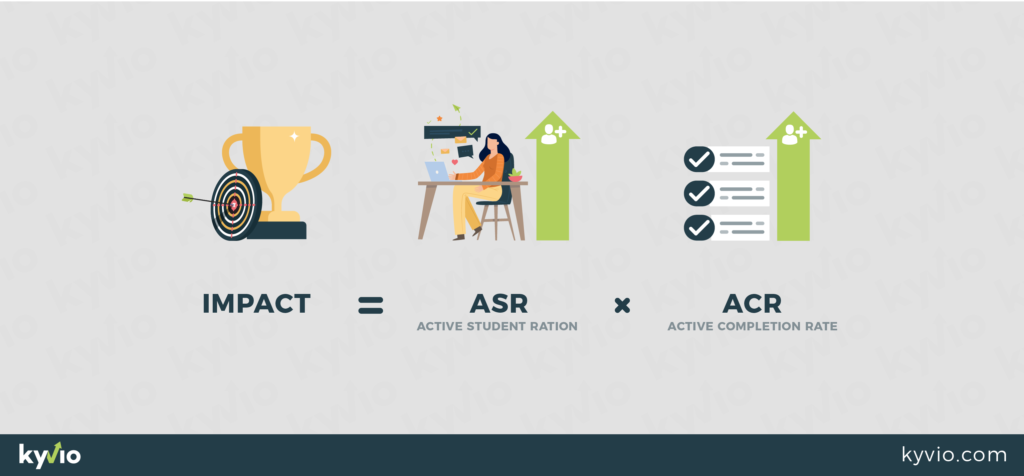
Measure your course impact!
If you did not make any promise, then you have not set the right expectations. This means your students will not know if they have achieved their desired results or not. And if you do not manage expectations correctly, the success of your online could be relative.
To avoid that, you need to first determine the goals and outcomes of your course. Next, you need a way to measure success. We discussed tips on how to do that in step two of this article.
Once you do that, identify your student types and track their performances. Using a tool like Kyvio to host and deliver your course makes it easy to view your analytics from the dashboard. You can even send them emails right from inside the platform.
Finally, ensure your students are engaged with your course content. Make it easy for them to go through your courses. Use a course hosting platform that is mobile friendly and gamify the process by adding badges and certificates. This acts as a motivator for students to want to complete the course. Additionally, you can host Q&As to build engagement and community.
Do you have any tips to help make an online course more meaningful and impactful? Please share your thoughts in the comments below. We always love to hear from entrepreneurs like you.
What’s next?
Inside our Facebook group, we share strategies on how to build and grow your membership sites – AND improve student engagement rates. Click here to join us (no opt in necessary!)

